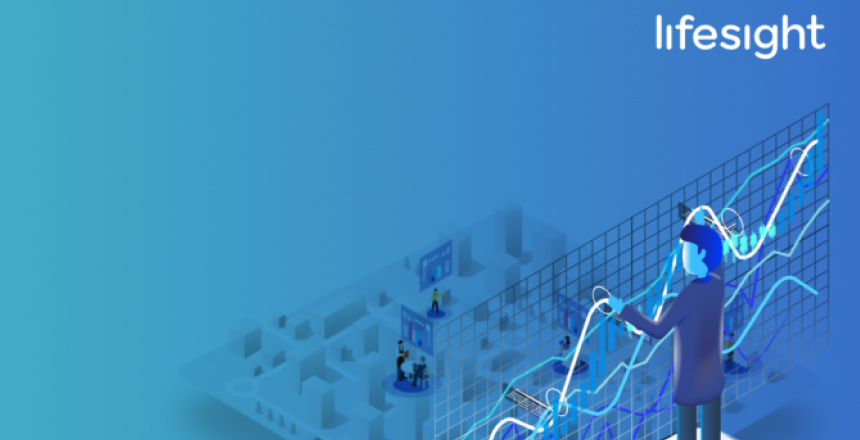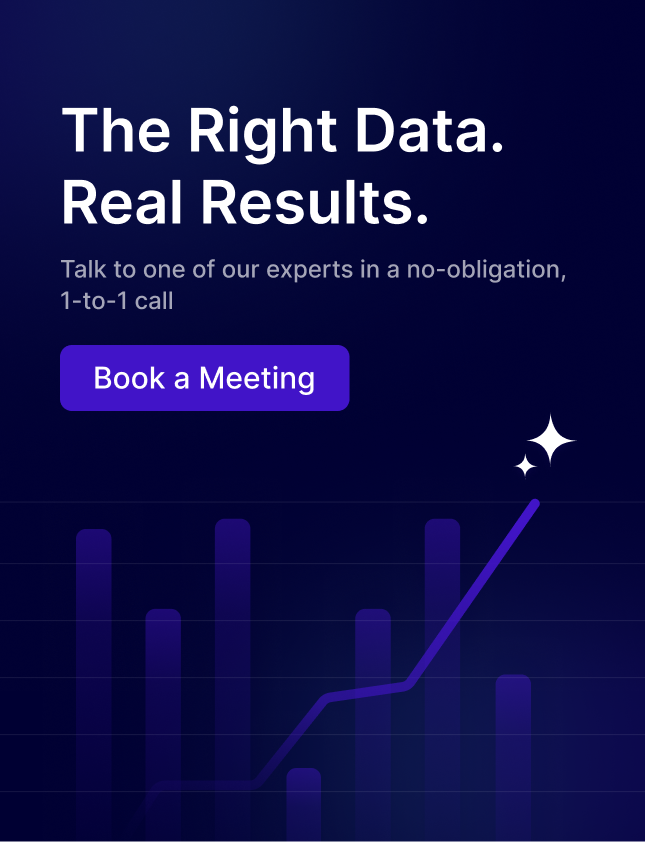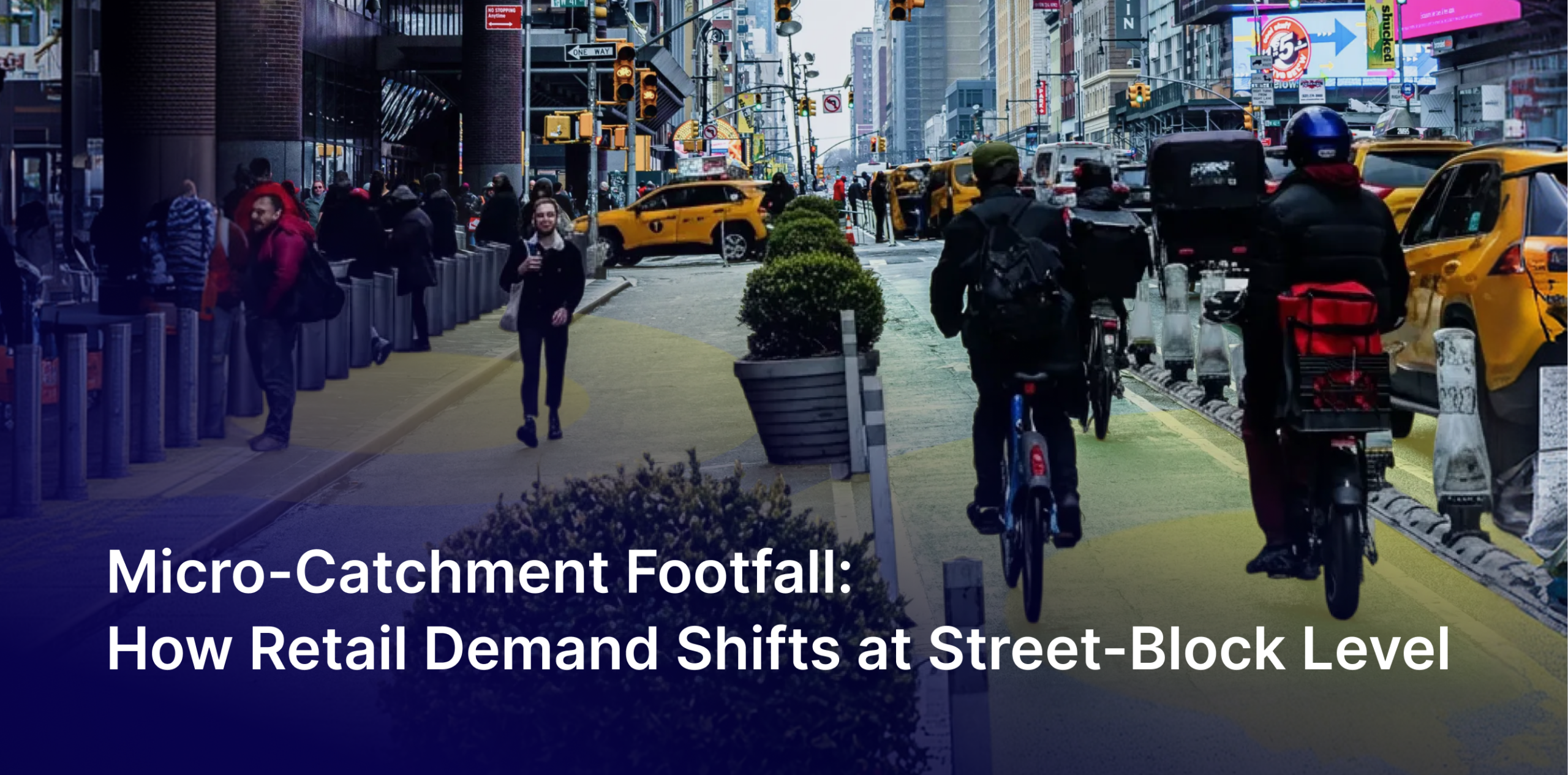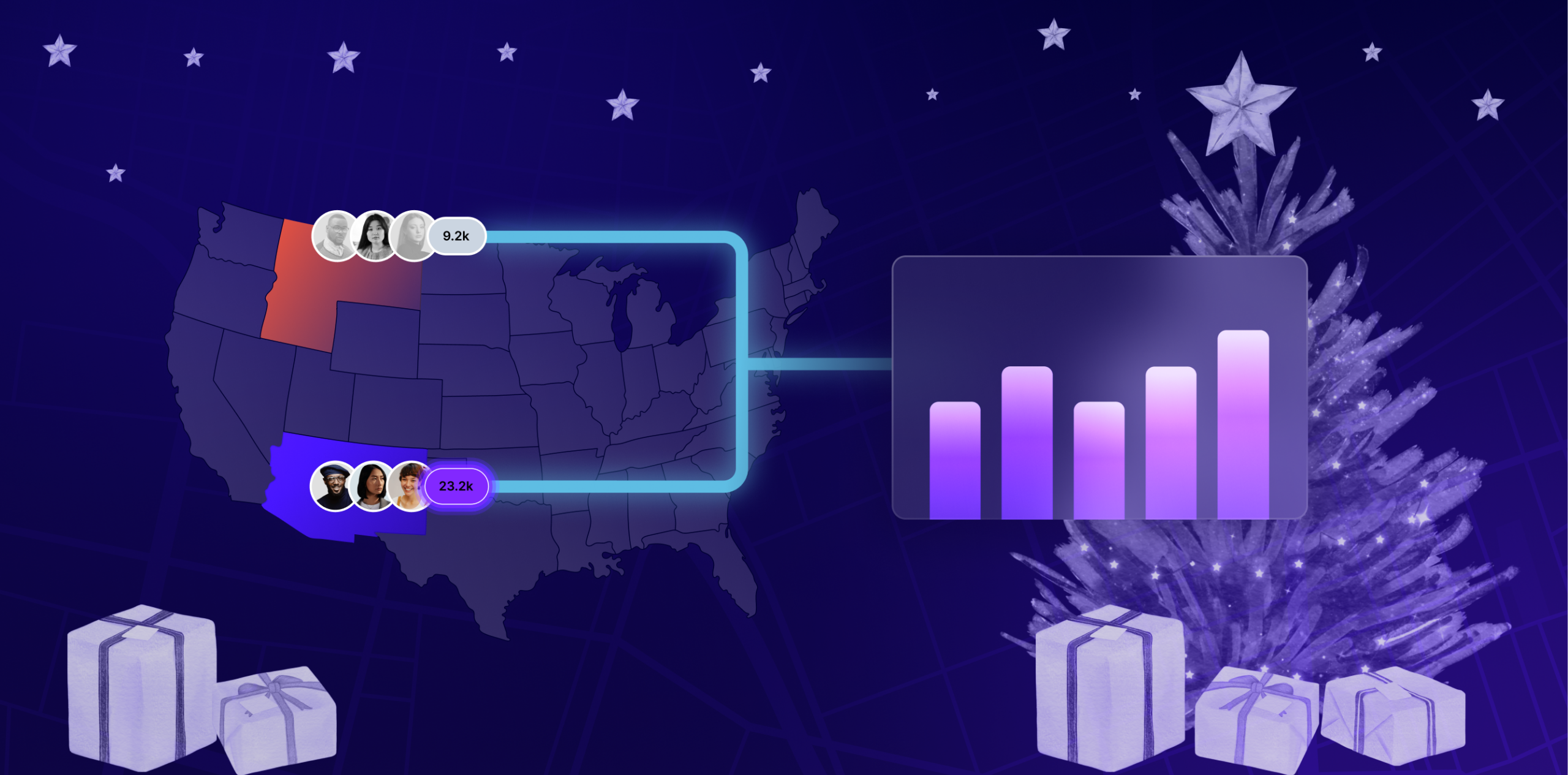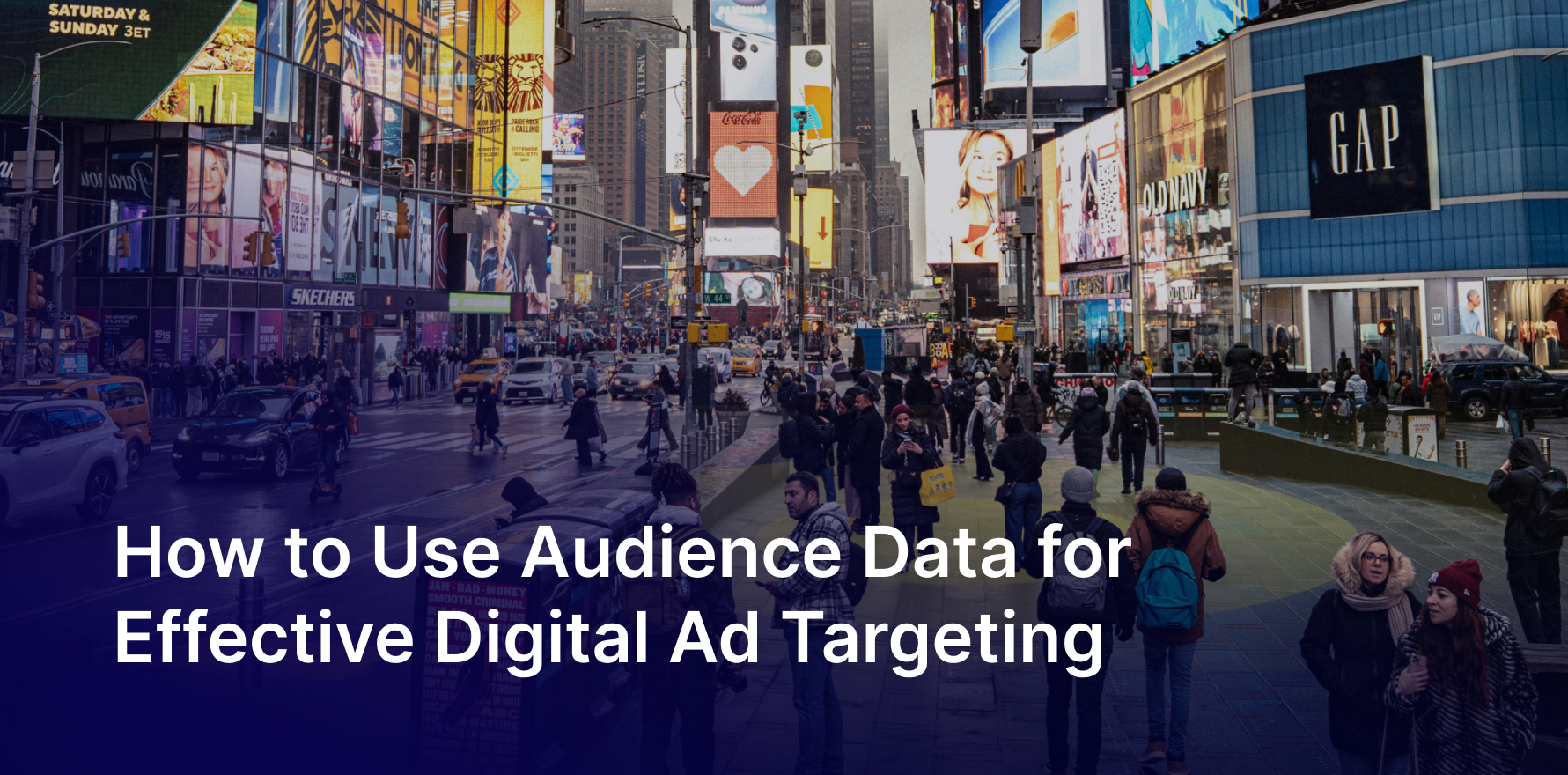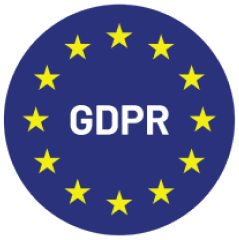High bounce rates and low conversion rates are every digital marketers worst nightmare because they signal campaign failure. When marketers notice these metrics there is already plenty of ad spend wasted, and it may be too late to solve the problem. Usually, the most obvious tools marketers resort to in such times is fixing things on the page itself more keywords, better CTA placement, re-worked content, and more. However, the real solution to subpar online metrics may not be the most obvious one. One of the solutions lies in using better audience segments data, by combining online segments with offline segments based on real world interests and intent.
Accurate audience targeting is your best bet to boost conversion rates and decrease bounce rates.
Audience segmentation based on online behaviour alone no longer makes the cut for reaching the right consumer. Advertisers are starting to tap into the real-world behaviour of connected consumers based on insights like geo-behavioural data, places visited, category and brand affinities, etc. By combining this offline data sets with, online data like demographics, app ownership and usage, etc, new powerful behavioral segments emerge. This merging of both online and offline realms ensures you target a relevant audience set to begin with and engage individuals who have the highest chance of conversion. A recent campaign with a leading omni-channel fashion retail brand who needed a fresh approach after the digital campaign for their latest collection launch started seeing low conversion rates from their e-commerce site. Thousands of clicks from their campaigns on ad channels would result in a great amount of traffic, but over 70% of these viewers would leave without any engagement. The audience strategy was to create a custom audience that would cover all behavioural angles of their target customer base.
The selected data sets were:
- Consumers who owned fashion e-commerce apps.
- Consumers who have been seen in tier 1 malls.
- Consumers who had visited the brands own retail outlets within the last two months.
- Consumers who had visited the competitors brand outlets within the last two months.
When the digital campaign started targeting these specific individuals over a one-month period, their bounce rate dropped down from over 70% to just over 40%. Conversion rates too stood at 4.3% a sound outcome for online retail. This fresh targeting strategy created a win-win proposition for the fashion brand and the stellar outcome is proof that a well executed data-driven campaign can work wonders.
Clearly, high quality audience targeting by bridging the gap between consumers online and offline worlds is a goldmine for marketers and can help hack your online metrics for the better.
Learn more about the Factori’s Audience Data and download a free sample data here
You may also like

